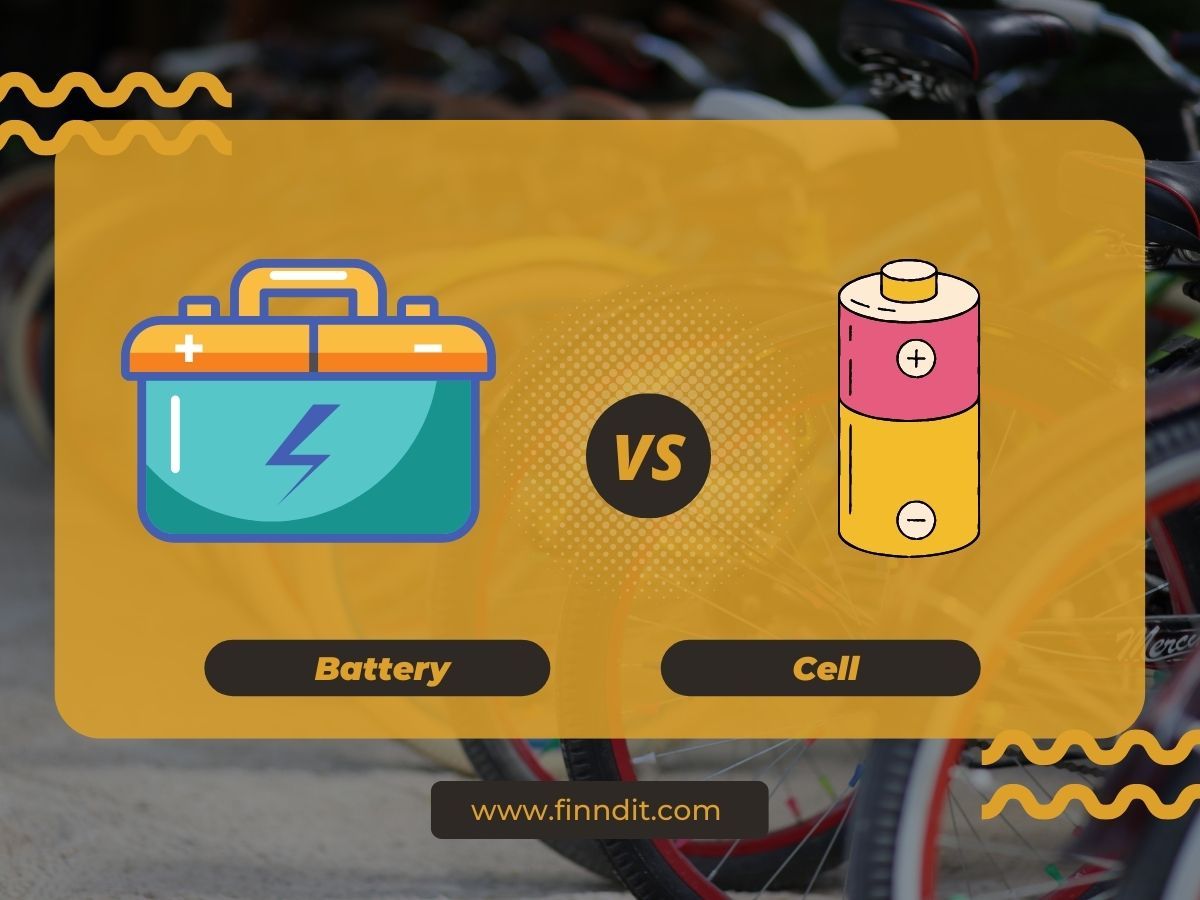What Is The Difference Between Cell And Battery?

There are several types of power sources, and both the cell and the battery are direct voltage sources with a constant direct voltage output.
Cell and battery are electrochemical devices that create electricity through chemical reactions. They are both valuable inventions that have made many daily jobs and aspects of life considerably simpler.
Cells and batteries are used in most portable electronic gadgets we use today. Nevertheless, a cell and a battery are completely distinct, although the phrases are commonly used interchangeably.
Regarding their construction and functionality, there are few notable changes between them. In the following paragraphs, we will explore the difference between a cell and a battery.
Cell VS Battery
The essential difference between a cell and a battery is that a cell is a single unit that stores chemical energy and subsequently transforms it into electrical energy. In contrast, a battery is a group of cells linked in series or parallel.
A cell is an individual unit that stores and produces energy. It is composed of two distinct electrodes, the cathode, and the anode. With these electrodes, a chemical substance called electrolyte triggers a response. It leads to the generation of electric current. Then, the electricity begins to flow through the external circuit.
In contrast, a battery is just a device that contains two or more cells. Each end comprises electrodes, similar to a cell. The positive terminal is known as the cathode, while the negative terminal is known as the anode. A battery holds more energy than a single cell and may thus provide electricity for extended periods.
Cell:-
1. A cell is a single unit that stores chemical energy and then converts it into electrical energy.
2. There are four types of cells: Wet Cell, Dry Cell, Fuel Cell, and Reserve Cell.
3. A cell is lightweight and portable in size as it has a single unit.
4. A cell supplies power for a shorter duration of time.
5. Cells are usually cheap.
6. Cells are usually used in clocks, radios, remote control devices, lamps, etc.
Battery
1. A battery is a collection of cells that are either connected in series or placed in parallel.
2. There are two types of batteries: Primary and Secondary batteries.
3. Batteries are bulky and bigger in size as they consist of several cells.
4. A battery can supply power for a longer duration.
5. Batteries are more expensive than cells.
6. Batteries are used in automobiles, emergency lights, inverters, etc.
Conclusion
There are considerable differences between cells and batteries. A cell is a single unit, but a battery is a collection of cells.
It is one of the most significant distinctions. Nonetheless, their duties remain the same despite this. Both chemical energy and electrical energy are stored and converted.
Another significant distinction is that cells can only store sufficient energy to power gadgets for brief durations.
They are commonly found in tiny devices like radios, remote controls, clocks, and lighting. Meanwhile, batteries can store sufficient energy to provide electricity for extended periods.
Therefore, they are used in automobiles and huge lighting.
Choose for the best batteries for your car or bike at the best price. Search for the dealer near you on finndit.com. You will get correct and relevant information regarding the batteries on Finndit.
View Also -
How To Check Inverter Battery Health?
Which acid is used in car batteries?
